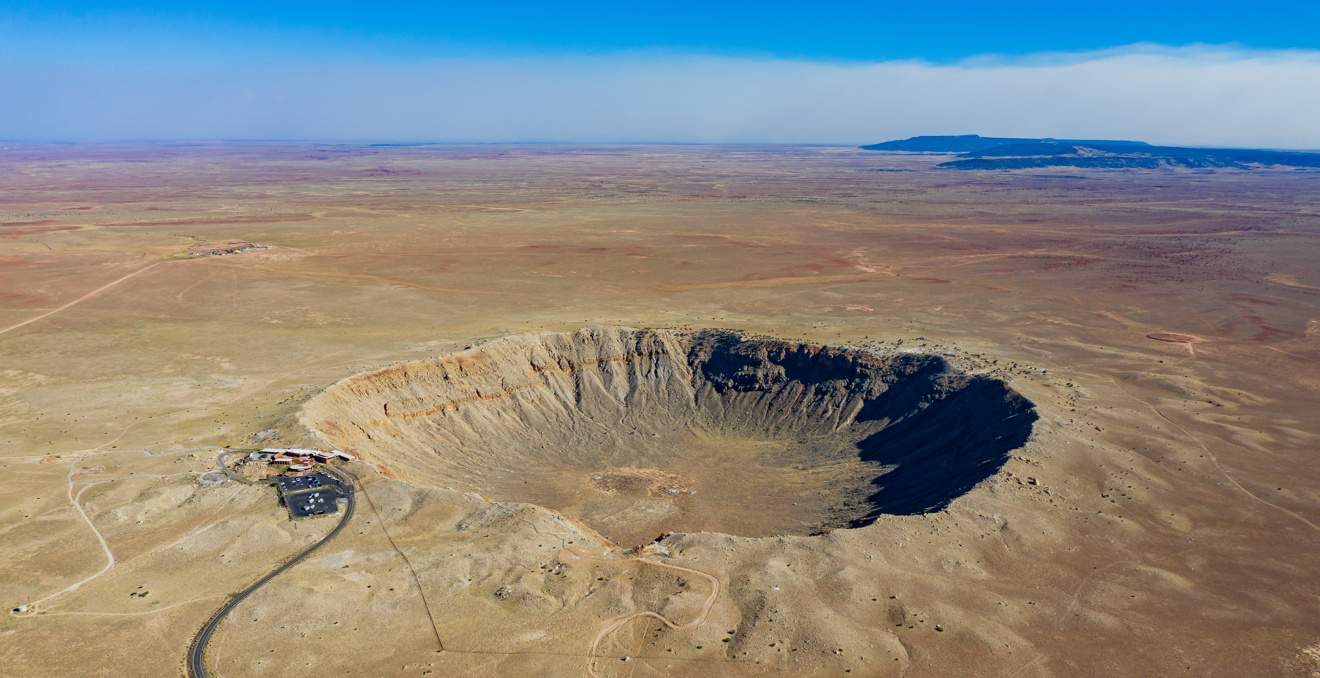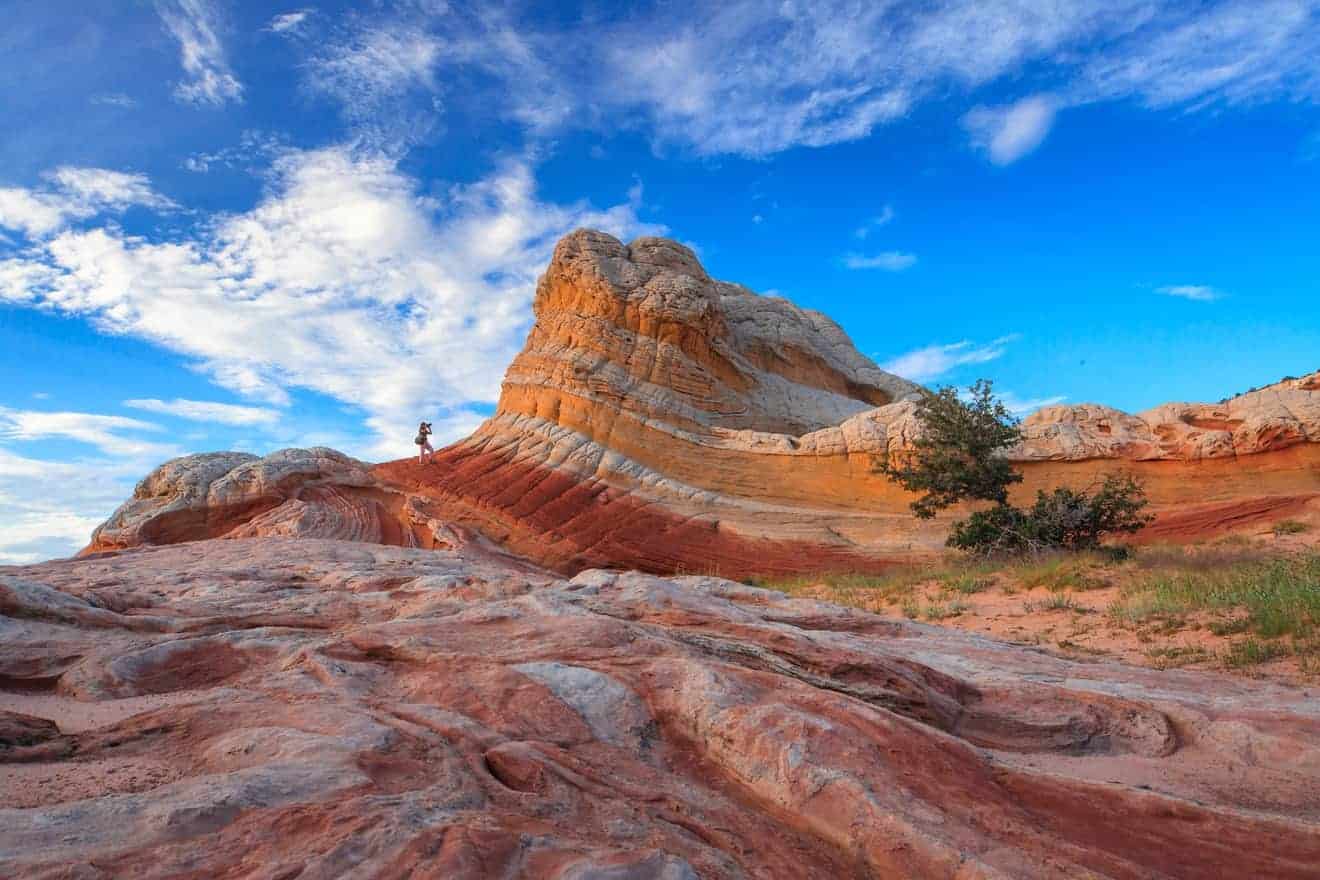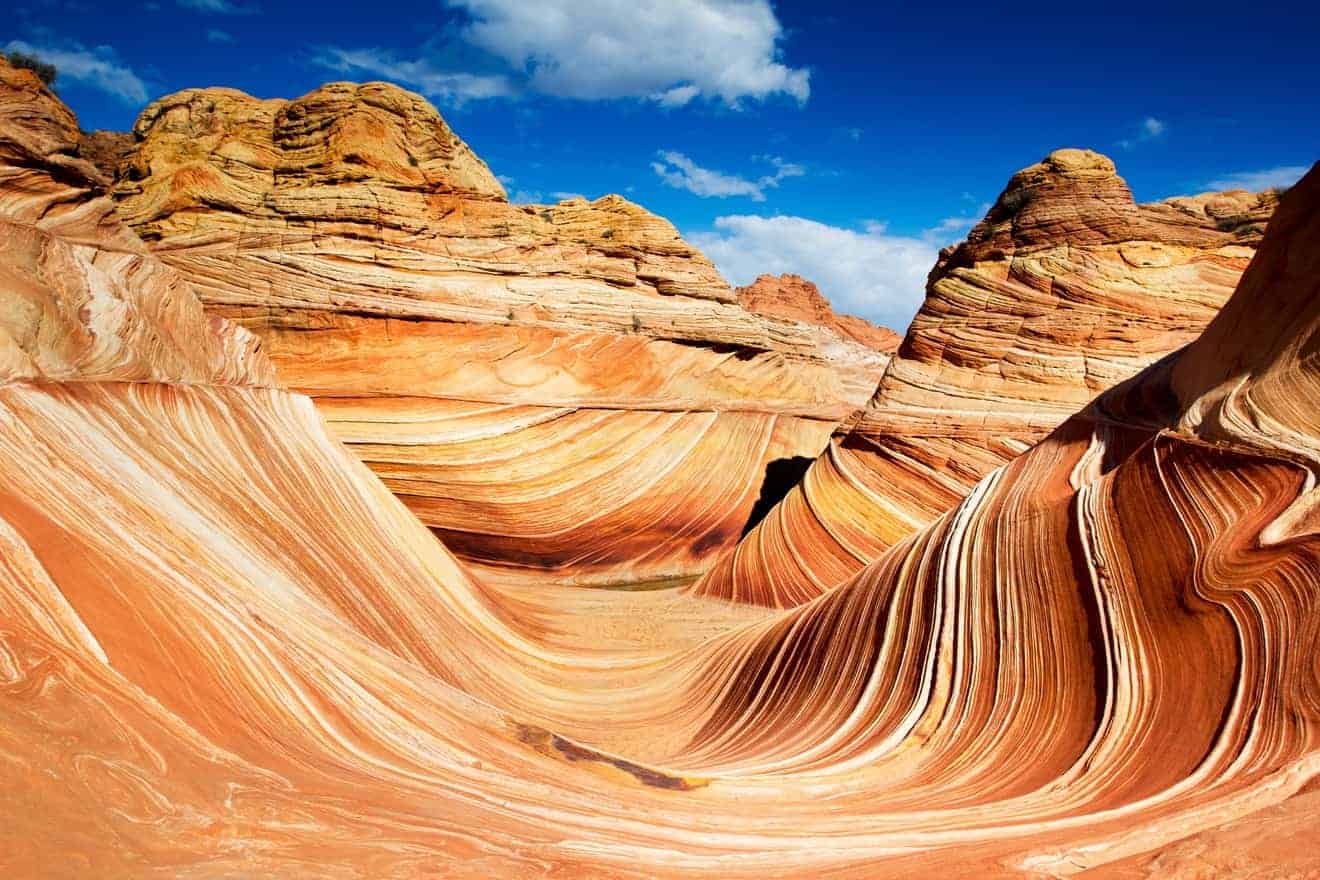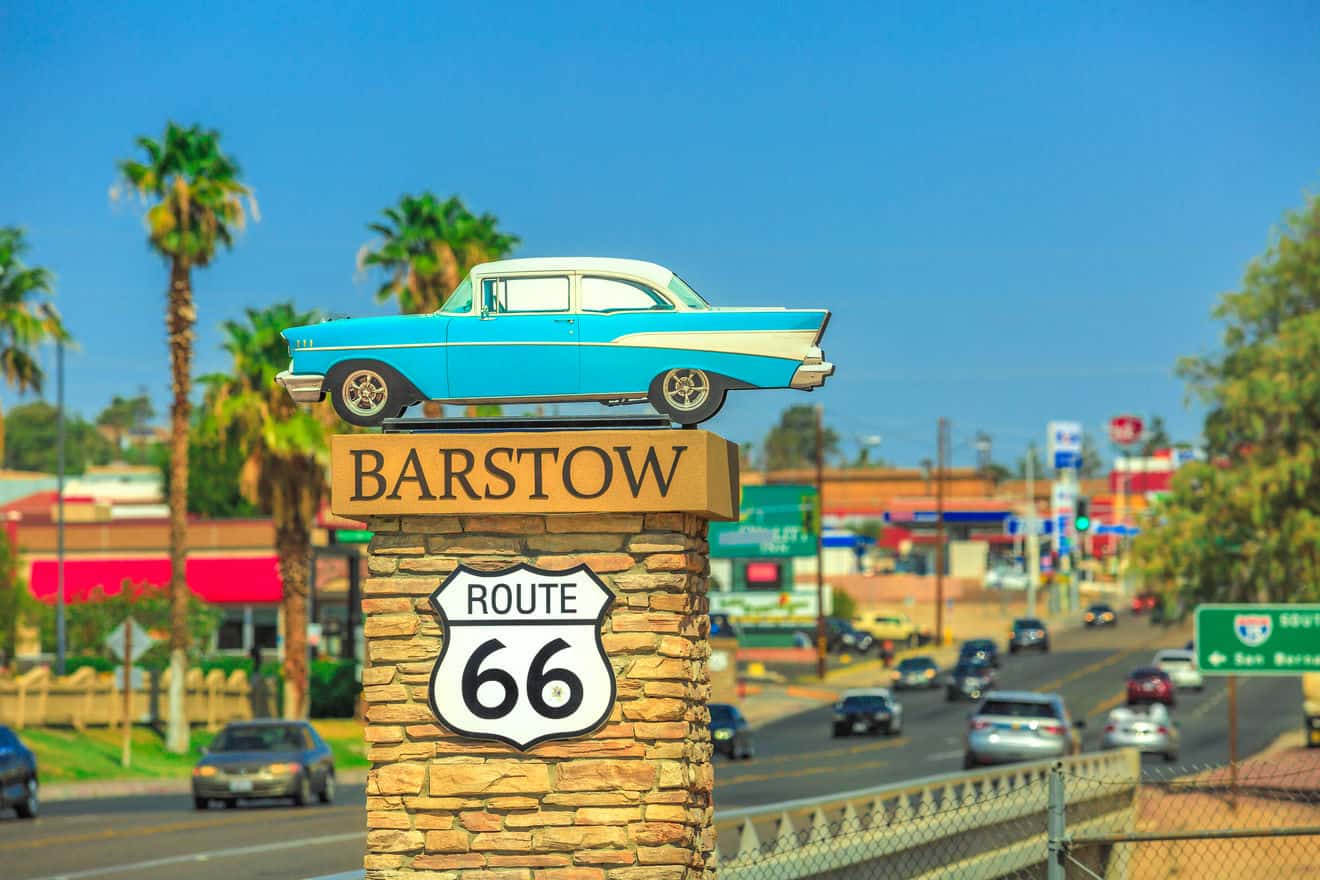In Northern Arizona, near Winslow, an hour and a half’s drive from Grand Canyon Village, there is a natural attraction that some unknown reason is not often frequented by visitors.
I am talking about Meteor Crater, the world’s best-preserved meteor crater. Of all places, it best documents the consequences of a meteorite’s impact on earth. It is also known as Canyon Diablo Crater, Barringer Crater, Coon Mountain and Coon Butte.
Contents
How the crater was formed and its dimensions
The crater is now a vast circular depression, formed by the collision of a piece of asteroid traveling at over 40,000 miles per hour (although some studies refute this theory, lowering the speed to 25,000 miles per hour), a whopping 50,000 years ago.
The impact created a crater nearly a mile in diameter, 2.4 miles in circumference, and over 550 feet deep. The meteorite, known as Canyon Diablo (named after the Arizona community closest to the crater in the late 19th century), is mainly composed of nickel and iron.
When the meteorite reached the Earth’s atmosphere, the friction generated an extraordinary amount of heat, causing most of the meteorite to melt. Despite the loss of mass, the remaining fragment, still of considerable size, continued its journey toward the Earth’s surface, and the impact was so devastating that it has been compared to a 10-megaton explosion.
The Discovery of the Crater
The modern history of Meteor Crater began in the 19th century when the area was thoroughly explored by American settlers. During this period, the crater was given many names such as “Coon Mountain,” “Coon Butte,” “Crater Mountain,” and “Meteor Mountain.”
In November 1891, geologist Grove Karl Gilbert of the United States Geological Survey hypothesized that the crater was formed as a result of a volcanic eruption. It wasn’t until 1903 that Daniel M. Barringer, a young mining engineer, proposed the hypothesis that the crater was instead the result of a meteorite impact with the ground.
Barringer, after obtaining a mining claim, embarked on a series of investigations of the crater, investing significant financial resources to prove his theory. Despite skepticism from many scientists of the time, as we have seen, Barringer continued to pursue his goal with determination. Over the years, he conducted topographic surveys, explored the interior of the crater, and analyzed numerous rock samples.
In 1929, astronomer F.R. Moulton was hired by the Barringer Crater Company to investigate the physics of the impact event, and he was the first to estimate that the meteorite weighed at least 300,000 tons and that the impact with the ground would generate enough heat to instantaneously vaporize the object.
During the 1960s and 1970s, the floor of Meteor Crater was used to train NASA astronauts who were preparing for Apollo missions. As a testament to this, inside the Visitor Center, there is a test capsule from Apollo 11.
This site also witnessed a plane accident, fortunately without any fatalities, when in 1964, two pilots aboard a Cessna failed to reach a sufficient altitude to avoid colliding with the crater’s rim. Not all parts of the destroyed plane were recovered, and to this day, some wreckage can still be observed at the impact site.
Things to See at Meteor Crater
The area has been equipped to cater to tourists, with observation paths winding along the outer edges and a fully equipped visitor center where you can enjoy a large-screen viewing of “Impact: The Mystery of Meteor Crater.” This film recreates the impact that occurred 50,000 years ago, simulating the thunderous sound and explosive fury of the meteor as it traverses the Earth’s atmosphere, utilizing sophisticated animation and 3D rendering technologies.
Here’s a taste:
Through the visitor center, you can also access the interactive museum (Meteor Crater Interactive Discovery Center), which, with its permanent exhibitions and numerous artifacts, is a treasure trove for space enthusiasts.
Of course, a well-stocked gift shop is a must, where you can find everything from t-shirts and hats to magnets, mugs, and themed keychains, along with a wide assortment of rocks and minerals. You can certainly find a fun gift to bring back for a friend who stayed at home or a special keepsake of this unique place.
Observation Points
There are three different observation points to admire the crater:
- Observation Deck: The closest panoramic viewpoint to the visitor center.
- Moon Mountain: This is the highest point along the crater’s rim. Here, you can find many telescopes pointed at the main points of interest scattered in the crater area.
- The Lower Ramada: It is located below the visitor center, and you need to descend a few steps to reach it.
If you’re wondering whether you can visit the bottom of the crater, unfortunately, the answer is no. Although there is a trail, access is only permitted for astronauts undergoing training.
Information for a Visit to Meteor Crater
The ticket purchase includes access to 3 observation points along the crater’s rim, a visit to the interactive museum, the screening of the film Impact, and a guided tour of approximately 30 minutes along the crater’s rim.
Entrance Fee
Here are the prices for visiting Meteor Crater:
- Adults (14-59 years old): $29
- Seniors (60 years and above): $27
- Children (6-12 years old): $20
- Children (up to 6 years old): Free admission
- Group rates are available for cumulative prices.
Meteor Crater Hours
Meteor Crater is open every day from 8:00 AM to 5:00 PM. During Thanksgiving, it is open until 12:00 PM only, and it remains closed on Christmas, which is the only day of closure.
Pets are not allowed and can be left at a designated facility near the Visitor Center.
Where is the Meteor Crater? Map
As I mentioned earlier, Meteor Crater is located in Northern Arizona, not far from the Grand Canyon, 35 miles east of Flagstaff and 12 miles west of Winslow. On I-40, take Exit 233, Meteor Crater Road, then continue heading south for 6 miles on the paved road. Check the map below.
Photo Gallery
Here are some pictures of this fascinating crater.











I saw this 40-ish years ago and thought it was cool, but I think $22 is a bit much to look at a big hole in the ground.
This crater, while very interesting, is not the only one of its kind and size. The Pingualuit crater in Northern Québec is very similar, being 3.41 km (2.13 miles) in diameter and 255 metres deep (850 feet) deep. The Pingualuit crater is filled with rain water.
it was cool that was cool
I am not visiting this site because I do not believe a family should own this place. It should be part of the National Park Service and will not pay the family who is profiting off of this country’s natural features.